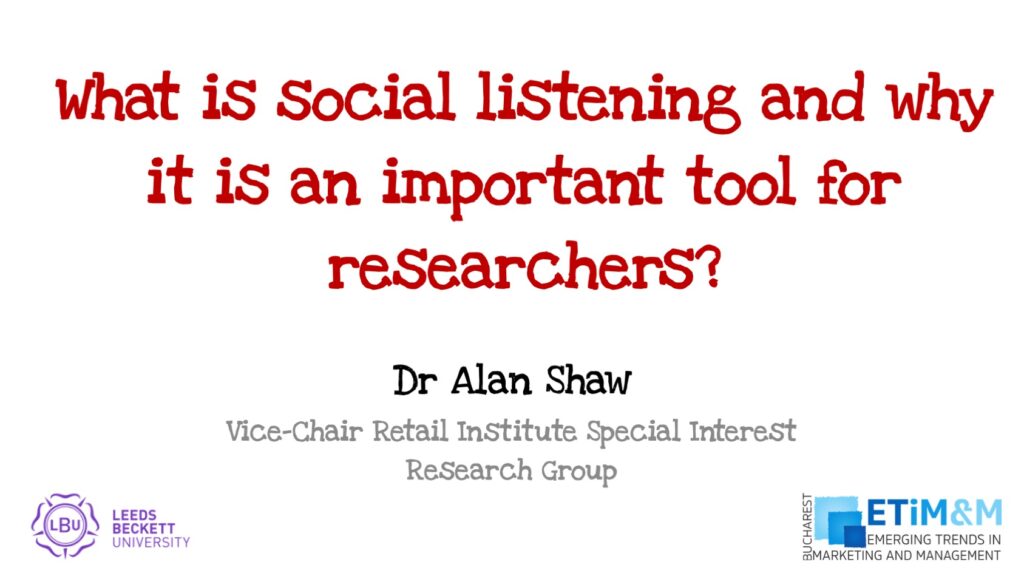This article will give the reader an introduction to search engines (SE). It focuses on Google because it is the market leader. You will also find an interactive presentation illustrating graphically, some of the key points about search engines. The objective is to give the reader a better understanding on how they can optimise their websites.
Before getting into the details let us first establish some basic definitions and facts.
What is a Search Engine?
A search engine is a web tool that lists content on the internet based on the criteria set by the searcher. There are three types of search engines:
-
Crawlers, spiders or robots (bots)- Google
-
Directories or Human Powered – Yahoo Directories
-
Meta – Dogpile
It is worth noting that I struggled a bit whilst researching this data: there are many articles that refer to Hybrid search engines (a cross between crawler and directory). Some of these articles give MSN search as the example of a hybrid site. This has to be outdated as MSN was superseded by Live Search and now Bing (which uses crawler technology).
I have also found other articles stating that Google is the example of a crawler SE and hybrid SE! Surely they are either one or the other, I think the confusion is based on the fact that Google has a pay per click platform which is generated by humans.
It is because of this that I have decided against classifying hybrids as a type of search engine (it’s not to say that there aren’t any hybrids left, I just cannot find them).
Search Engine Market share.
Studies have shown that Google dominates the market share both in the USA and the UK (see figure 1). For this reason we will restrict the analysis of search engines to Google.
With these simple facts now in place, let’s try and understand how search engines work.
Search Engine Optimisation.
The algorithms used to produce a search will vary, even when comparing similar types of search engines. It is also worth pointing out that the results will differ across geographical borders: the engines will try to make searches as relevant as possible to the country. So, when a search engine evaluates web pages it takes into account:
-
The domain name.
-
Content.
-
Keywords.
-
Meta tags.
-
Links.
Domain Name.
The first thing you must consider when developing a website is your domain name. Ideally it should be linked to your keyword (we’ll get on to that later). You should also keep it as simple as possible: something that is easy to remember and verbalise. You may find however that you are limited by your company name or product brand: don’t worry you just need to work a bit harder in optimising the other aspects.
If you represent a commercial organisation then the best extension to procure for your domain will be the .com, you should also procure other extensions and other similar URLs. These can be redirected to your published URL. This tactic will help ensure individuals who are confused about the spelling of your domain get to the right place. It will also reduce the number of competitors who may want to try and utilise your URL brand or spoilers damaging your site.
Most new sites will sit in the “sand pit” until they become established. This stops fraudulent individuals getting an immediate organic web presence. You can check your ranking using www. Alexa.com, it will give you some key facts about your domain. Whilst in the sand pit you need to work on building your content.
Content.
Content is king, you will never get anywhere if you have a static site which is rarely updated. Good content creates interest and interest creates external links (critical for your search engine optimisation).
You should not use duplicate data either. Duplicate information is frowned upon by Google, you may be seen as a spammer and find that you are “black listed” or “removed from Google’s listing”. The most important aspect of content will be the keywords
Keywords.
Each page of your website should have the relevant keywords associated with the article. This will help the search engine identify its relevance. All websites are built with content management systems, they should include an SEO facility to manage keywords.
If you are not clear on what keywords to use why not use Google’s Keyword analyser to help. There are also many other sites providing this service: just do a quick search to see what is available. The interactive presentation below will demonstrate keywords in a bit more detail. Keywords are also part of a website’s Meta information, which is also known as Meta Tags.
Meta Tags.
Meta Tags should be made up of three parts. You can find it by right clicking on the mouse and selecting view source (see figure 2). These parts are:
-
The title; you will see this at the top of the page.
-
The description; this is the core content displayed in the search results.
-
The keywords; the core words you think users will search for (note the keywords need to be in your content too).
Links.
Search engine algorithms will also look at who is linking to your website. The more you have from relevant sites the better your likely ranking will be. You cannot stop others from linking to you but when you embark on your link building programme you must select sites that are similar to yours. As an example, there is no point building links from a children’s confectionary site if you manage a veterinary supplier domain.
If you go to your favourite search engine and type in “Backlink Checker” you will see a list of sites offering a service to list your links. I prefer either Alexa.com or domain-pop.com.
Conclusion
So there you have it. It is not rocket science, but you do need to invest time and resource if you wish to be found. The key to success is planning, I would also advocate doing “a little, but often”. This soon builds up and is the best way if you have limited manpower. Finally, to help you even further, I have included an interactive presentation for you to review (just click on the arrow, you can also make it full screen by clicking on “More” at the bottom right hand corner of the presentation).
Alan Shaw
Latest posts by Alan Shaw (see all)
- What is social listening and why it is an important tool for researchers? - July 31, 2021
- COVID-19 and Remote Learning: Experiences of parents supporting children with SEND during the pandemic. - June 30, 2021
- Using Netnography To Evaluate The Launch And Collapse Of The European Super League - April 21, 2021
- Developing Semi-Structured Interview Questions: An Inductive Approach. - April 9, 2020
- Developing Semi-Structured Interview Questions: A Deductive Approach - April 9, 2020

















